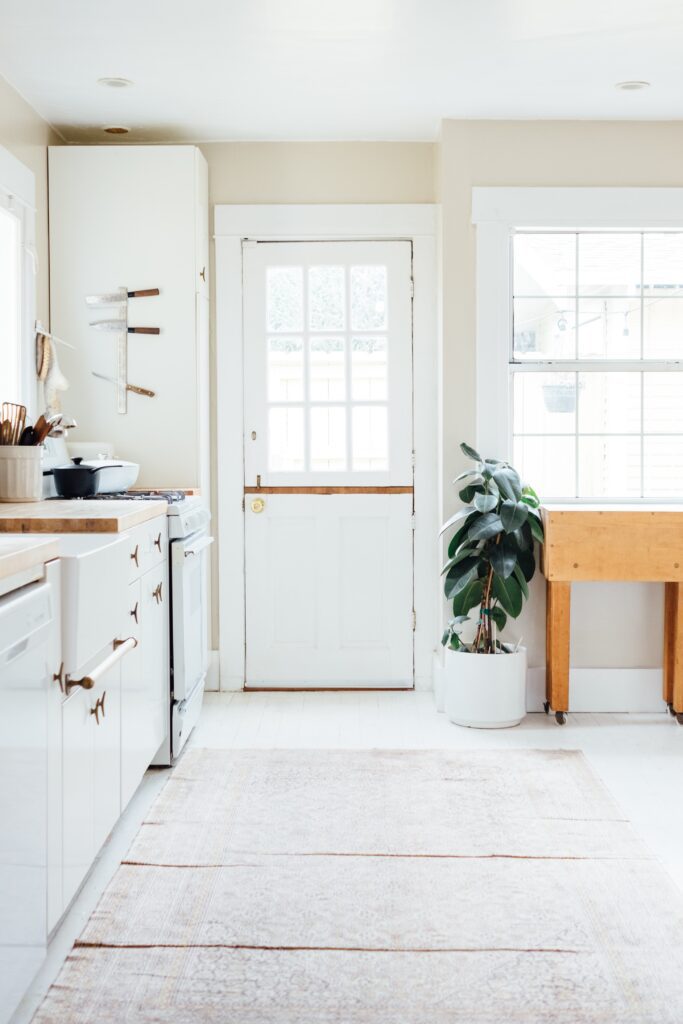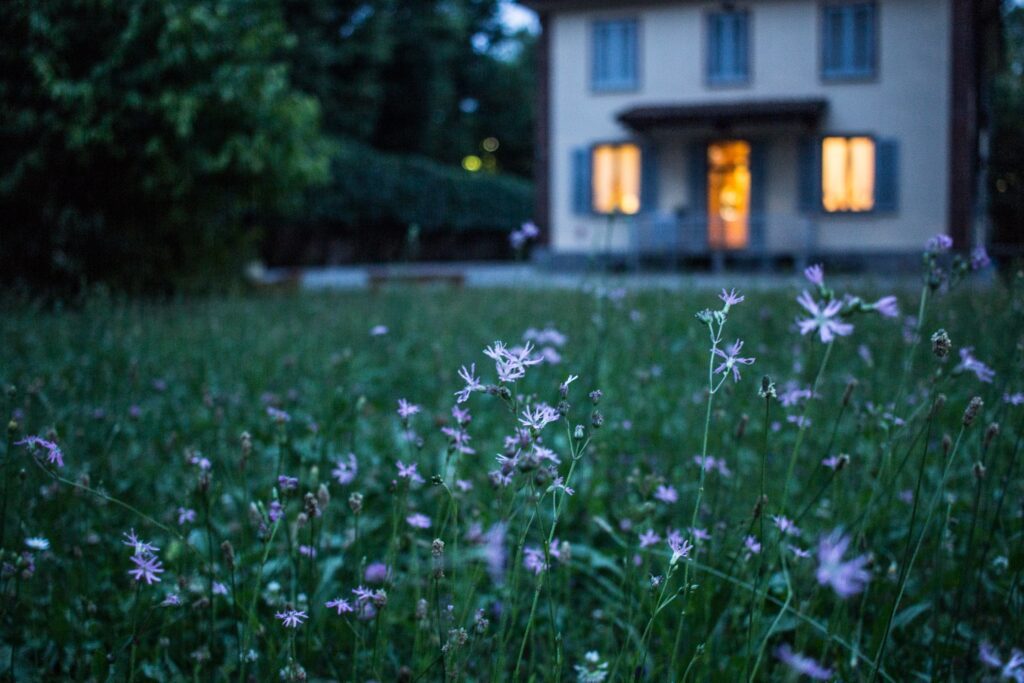Living in a container home can present unique challenges when it comes to landscaping. However, with a little creativity, you can transform the space around your container home into a lush and inviting outdoor oasis. Whether you’re looking to add some greenery, create functional spaces, or enhance privacy, there are plenty of creative ways to landscape around a container home. From vertical gardens to multi-level decks, these innovative ideas will help you make the most of your outdoor space and create a beautiful environment that complements your unique living situation.



This image is property of images.unsplash.com.
Understanding the Basics of Container Home Landscaping
Container home landscaping refers to the process of designing and arranging the outdoor space surrounding a container home. It involves creating a beautiful and functional environment that complements the unique characteristics of a container home. By carefully selecting and arranging elements such as plants, hardscapes, and lighting, you can transform the area around your container home into a welcoming and visually appealing landscape.
Landscaping is essential for container homes for several reasons. Firstly, it adds value to your property by improving its aesthetic appeal. With the right landscaping elements, you can create a beautiful and inviting outdoor space that will impress your family, friends, and potential buyers if you ever choose to sell your container home.
Secondly, container home landscaping helps to create a connection between the indoor and outdoor spaces. Since container homes often have limited indoor space, the outdoor area becomes an extension of your living space. By designing the landscape thoughtfully, you can create additional areas for relaxation, dining, and entertaining.
Lastly, landscaping also plays a vital role in enhancing the functionality of the outdoor space around a container home. With proper planning, you can maximize the limited space available and create areas for gardening, seating, and other activities. It allows you to utilize each nook and cranny of your outdoor space effectively.
However, landscaping around a container home does come with its own set of challenges. These challenges include limited space, lack of soil, and potential mobility of the container. Overcoming these challenges requires careful planning and creative solutions to make the most of the available space while ensuring that the landscape is both functional and visually appealing.
Creative Use of Space
Making the most of the limited space around a container home is crucial when it comes to landscaping. With proper planning and creativity, you can use every inch of your outdoor area effectively. One practical way to maximize space is by incorporating multi-tier gardens. Using raised garden beds or vertical planters, you can grow a variety of plants in a compact area. This not only adds greenery and visual interest but also allows you to grow your own herbs, vegetables, or flowers.
Another creative way to optimize space is by utilizing the roof of your container home for a rooftop garden. By adding a sturdy foundation and appropriate structural support, you can create a beautiful oasis above your living space. Rooftop gardens not only provide additional gardening space but also help to insulate your container home, reducing energy consumption and improving thermal efficiency.



This image is property of images.unsplash.com.
Play with Scale and Proportion
Scale and proportion are essential factors to consider when landscaping around a container home. Choosing the right size and type of plants can make a significant difference in how spacious and aesthetically pleasing the landscape appears. Opting for plants that are in proportion to the container home helps create a harmonious and balanced environment.
For a container home to appear more significant, consider using plants with large leaves or flowers to create a sense of scale. This can be achieved by incorporating plants such as elephant ears or colocasia. These plants have large and striking leaves that add a tropical touch to the landscape while making the container home seem smaller by comparison.
Additionally, using tall and slender plants like bamboo or ornamental grasses can create the illusion of height, making the area feel more open and spacious. The vertical element adds visual interest and draws the eye upward, diverting attention from the limited horizontal space.
Selecting the Right Type of Plants
Choosing the right plants for your container home landscape is crucial, especially considering the unique environment container homes provide. Opting for drought-resistant plants is essential, as containers can dry out quickly due to their limited soil capacity and exposure to heat. Plants such as succulents, lavender, or agave are excellent choices as they require less water and are well-adapted to arid conditions.
Using local plants in your landscape is another smart choice. Local plants are well-suited to the climate and soil conditions, making them easier to grow and maintain. They also provide habitat for local wildlife and support the overall biodiversity of the area. Plus, using local plants saves water and reduces the need for fertilizers and other chemical treatments.
Incorporating edible plants into your landscape is not only visually appealing but also practical. Container homes often have limited space for traditional vegetable gardens, but that doesn’t mean you can’t enjoy homegrown produce. Consider planting herbs, strawberries, or dwarf fruit trees in containers around your home. Not only will they add beauty to your landscape, but you’ll also have fresh and delicious ingredients readily available for cooking and snacking.



This image is property of images.unsplash.com.
Using Vertical Gardens
Vertical gardening is a concept that involves growing plants on vertical structures, such as walls or trellises, instead of traditional horizontal beds. This technique is particularly beneficial for container homes, as it allows you to maximize space and add greenery to areas that would otherwise remain empty.
Vertical gardens provide numerous benefits for container homes. Firstly, they create a vertical barrier that helps insulate the container, reducing heat gain during hot months and heat loss during cooler seasons. This helps to create a more comfortable living space and lowers energy consumption.
Secondly, vertical gardens add visual interest and dimension to the landscape. By growing plants vertically, you can create a lush and vibrant backdrop that enhances the overall aesthetics of your container home. The cascading foliage, colorful blooms, and interesting textures can transform a plain exterior into a living work of art.
Creating your own vertical garden is relatively simple. Start by choosing the right structures, such as trellises, vertical planting panels, or hanging planters, that suit the style and size of your container home. Then select the appropriate plants based on their growing habits and light requirements. Vining plants like ivy, morning glory, or climbing roses are popular choices for vertical gardens. Finally, ensure proper irrigation and maintenance to keep your vertical garden thriving.
Installing Water Features
Water features are an excellent addition to any container home landscape. They not only contribute to the aesthetic appeal but also provide a sense of tranquility and relaxation. There are different types of water features to choose from, depending on the size of your outdoor space and personal preferences.
For smaller areas, a compact fountain or a bubbling rock can add the soothing sound of flowing water without taking up much space. These water features are easy to install and require minimal maintenance. On the other hand, if you have a larger outdoor area, you may opt for a pond or a waterfall, creating a focal point and attracting local wildlife.
Apart from their visual and auditory benefits, water features also contribute to the overall wellbeing of the environment. They help to improve air quality by releasing negative ions, which can have a positive impact on your mood and mental health. Additionally, the sound of water can mask unwanted noises from the surroundings, creating a more peaceful and serene atmosphere.
To maintain water features, regular cleaning is necessary to prevent the buildup of algae or debris. Depending on the type of water feature, you may also need to check and adjust the water levels and filters regularly. It’s essential to follow the manufacturer’s instructions and seek professional help if needed to ensure proper functioning and avoid any damage.
Creating Outdoor Living Spaces
Maximizing the outdoor area for seating or dining is an essential aspect of container home landscaping. Since container homes often have limited indoor space, the outdoor area becomes an extension of your living space, providing additional areas for relaxation and entertaining.
When choosing outdoor furniture for container homes, opt for pieces that are compact, lightweight, and easy to move. Foldable chairs, stackable tables, or modular seating arrangements are excellent choices as they can be easily stored when not in use, allowing you to maximize the available space.
Creating a bonfire or barbecue area is another way to make the most of your outdoor space. Fire pits or chimineas provide warmth and ambience, making your outdoor area usable during chilly evenings. Additionally, a dedicated barbecue area allows you to enjoy outdoor cooking while entertaining guests or spending quality time with your family.
Incorporating Hard Landscaping Elements
Hard landscaping elements, such as pavers, stones, walls, and fences, can greatly enhance the overall appearance and functionality of your container home landscape. These elements provide structure, define pathways, and create distinct outdoor areas.
Using pavers and stones for paths and patios is an excellent way to add texture and visual interest to your landscape. They create a designated area for walking or sitting that is separate from the surrounding vegetation. Furthermore, these hard surfaces help prevent soil erosion and control weed growth, making maintenance easier.
Building walls or fences can add privacy and security to your container home landscape. Depending on your requirements, you can opt for materials like wood, stone, or metal to match the style of your container home. Additionally, walls or fences can provide a backdrop for vertical gardens or act as a support for climbing plants, adding a touch of greenery and softening the overall look.
Installing decks and pergolas is another way to incorporate hard landscaping elements that can enhance the functionality and aesthetics of your outdoor space. Decks provide a designated area for seating or dining, while pergolas offer shelter from the sun while adding an architectural element to your landscape.
Planning for Effective Lighting
Outdoor lighting is an important consideration when landscaping around a container home. Proper lighting not only enhances the visual appeal of your landscape but also ensures safety and security during the evening hours.
When planning for outdoor lighting, it’s important to consider both functional and decorative aspects. Start by illuminating pathways and entry areas to ensure safe passage at night. This can be achieved by using path lights, step lights, or solar-powered LED pavers. Additionally, consider installing motion-sensing lights near entry points to deter trespassers and provide added security.
Creative lighting solutions, such as string lights, lanterns, or uplighting, can add a warm and inviting ambiance to your container home landscape. These decorative lights can be strategically placed to highlight focal points, create a magical atmosphere, or define specific areas within your landscape. Don’t be afraid to experiment with different lighting techniques and styles to create a unique and personalized outdoor space.
Safety considerations should also be taken into account when installing outdoor lights. Ensure that all electrical connections are properly insulated and protected from moisture. Opt for low-voltage lighting or solar-powered options to reduce energy consumption and minimize the risk of electrical hazards.
Maintaining Your Container Home Landscape
Maintaining your container home landscape is essential to ensure its long-term health and beauty. Regular pruning and weeding are necessary to keep plants in check and maintain their shape. Remove any dead or diseased branches promptly to prevent the spread of diseases or pests. It’s also important to trim vines and climbers that may affect the structural integrity of your container home or nearby structures.
Effective irrigation solutions are crucial for the survival of your plants, especially in the arid environment typically found around container homes. Consider installing a drip irrigation system or using self-watering containers to provide a consistent water supply without wasting water.
Keeping pests at bay is another crucial aspect of landscape maintenance. Monitor your plants regularly for signs of infestation and take appropriate action if necessary. Using organic pest control methods or companion planting techniques can help deter pests naturally while minimizing the use of harmful chemicals.
Lastly, seasonal care and maintenance are essential to ensure the long-term health of your container home landscape. This includes fertilizing plants, cleaning water features, and preparing for extreme weather conditions. Pay attention to the changing seasons and adjust your maintenance routine accordingly to keep your landscape looking its best throughout the year.
In conclusion, landscaping around a container home requires careful planning and creativity to make the most of the limited space available. By understanding the basics of container home landscaping and incorporating creative solutions such as multi-tier gardens, vertical gardens, and water features, you can create a beautiful and functional outdoor space that enhances the aesthetics and functionality of your container home. Additionally, thoughtful selection of plants, effective lighting, and proper maintenance are essential to ensure that your container home landscape remains visually appealing, inviting, and well-maintained. So go ahead and unleash your creativity to transform the area around your container home into a stunning landscape that truly reflects your personal style and enhances your living experience.
